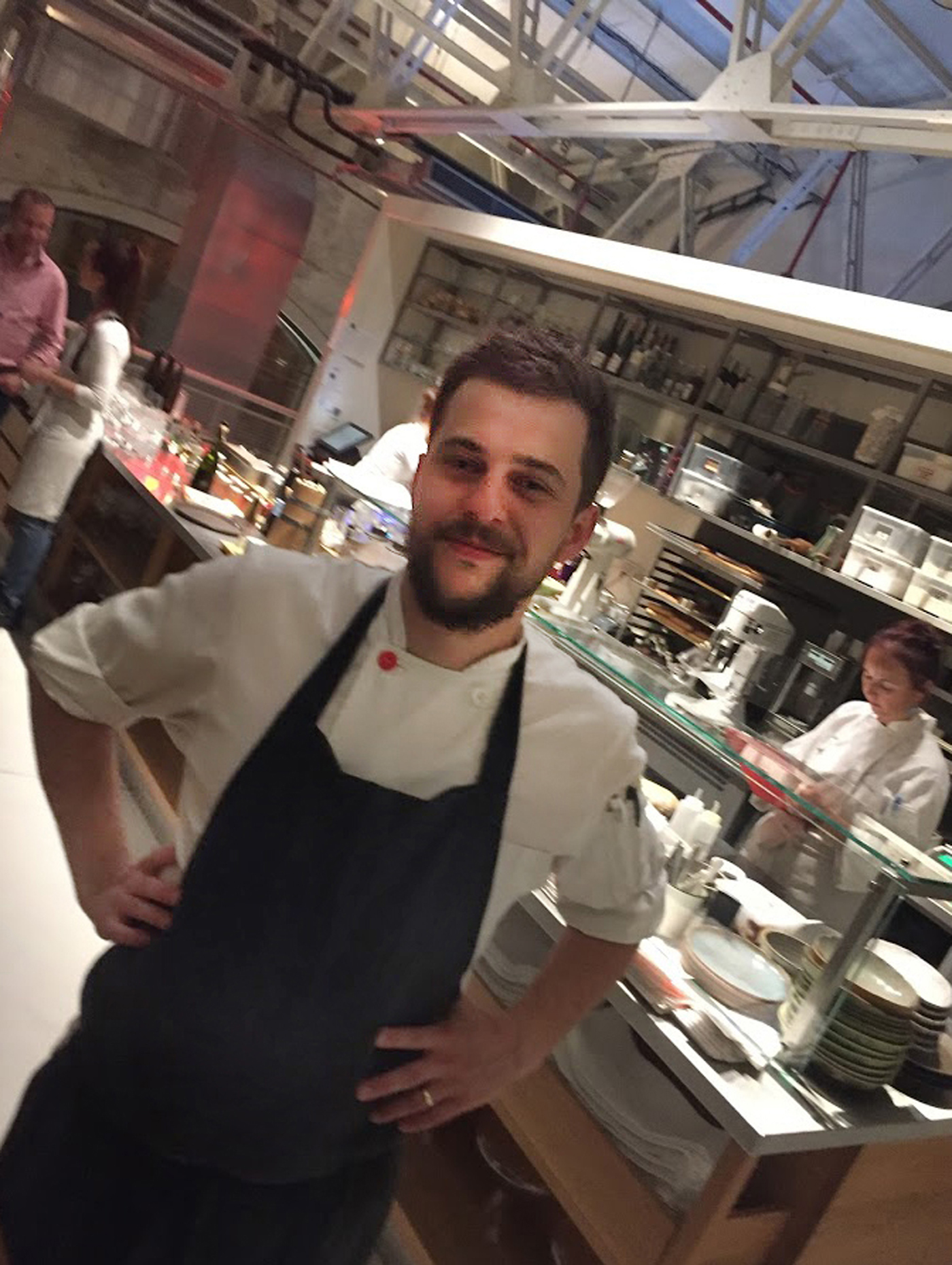Postcard from Prague
As a food writer, I usually choose to travel to prime culinary destinations: Spain, Italy, France, Thailand and the like. I need some pushing to visit a country decidedly NOT known for good food. So when my Parisian friend suggested we meet up in Prague, I was skeptical. “It a GORGEOUS city!” she promised. “But the food?” I queried, with a cynical scowl. She rolled her eyes nervously and shrugged. But my doubts were to be assuaged.
At the market
The Czech Republic, historically comprising Bohemia, Moravia and Silesia, has seen many upheavals since it was recognized as an entity in the 9th century. Occupied by Germany after WWII, it was a Communist state for 40 years until the Velvet Liberation of 1989 brought democracy and relative stability. Under these trying political circumstances, good food and drink had fallen by the wayside. Under communism, a single government-owned company ran all restaurants and cafeterias. The “Book of Standards”, a mandatory unified cookbook, standardized commercial kitchens, so creativity and old traditions were lost. But, in recent years, young chefs have returned to their roots, cooking with great local ingredients and experimenting with tradition.
First, there’s beer. As the oldest producers of beer, Czechs have high standards for good brew, and it’s nearly impossible to find a bad one. The national brand, Urquel, makes a textbook pilsner, and countless craft breweries have popped up recently to fill the new demand for other types of beers. Bad Flash Bar, located in a residential zone, offers more than 200 local craft beers.
A traditional Czech restaurant
Food writer and culinary tour operator of A Taste of Prague, Jan Valenta, says, “People are more sophisticated and demanding, better travelled than before. If there is any big influence, it’s Nordic cuisine, because Scandinavia shares the same short growing season, and thus we, and they, have no access to truly seasonal produce for much of the year. That’s why there’s been a big focus on preservation methods like fermentation, which is common up north. And new restaurants put more value on creativity in the kitchen: Prague is now home to several Michelin-starred venues.”
Chef Tomas Valkovic de Eska
One example of the new breed of internationally influenced kitchens is Eska, a hip place set in a lofty refurbished factory. Acting chef Tomas Valkovic creates such dishes as fermented red wheat with mushroom and egg, potatoes in ash with smoked fish, and roasted celeriac with fresh cheese. Roots and preserved ingredients are the common thread to his cooking. “I focus on what’s local and in the market, what country folk have always eaten,” he says. While during the dark years, Czecks had gone for gloppy pseudo-French food, Eska is representative of the new generation’s respect for national culture, a trend similar to what has been happening in Mexico during the last 20 years.
Fermented wheat berries with foal of kefir at Eska
Valenta adds, “Due to the massive tourism we have in Prague, there is still a big divide between where the locals and the tourists eat. The latter tend to demand “views” and “picturesque surroundings”. The restaurants know this and focus more on the visuals than on the food.” So culinary tourism has yet to take hold in Prague. But that is rapidly changing. At home we can safely say that Malinche is dead; in the Czeck Republic Lenin is gone and Redzepi has taken his place.










